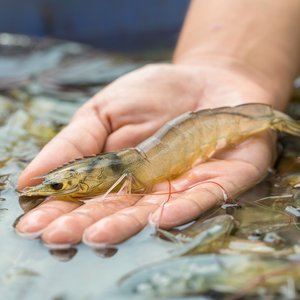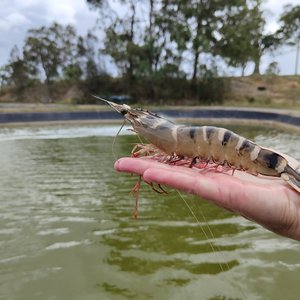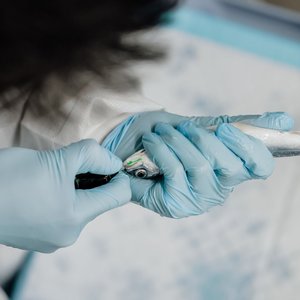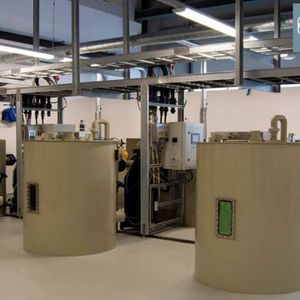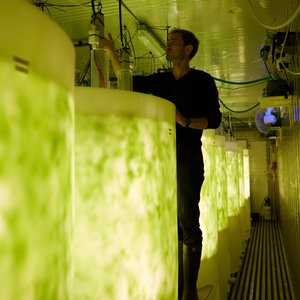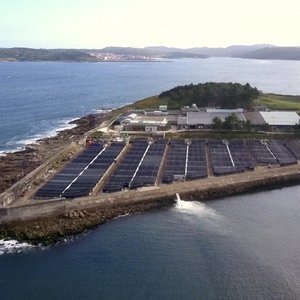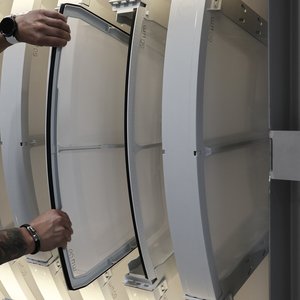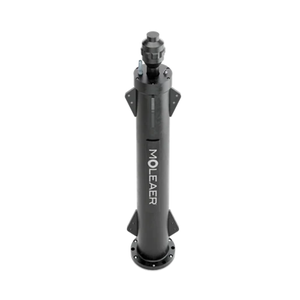As global investment in black tiger shrimp (Penaeus monodon) breeding continues, the Center for Aquaculture Technologies (CAT) introduced a new, value-driven genotyping solution designed for improved efficiency in selective breeding programs.
Amid growing industry demand for sustainable production – supported by the recent research study on Brazilian black tiger shrimp populations —CAT unveiled its latest tool: a Low-Density (LD) Genotyping Panel for Black Tiger Shrimp.
This new practical tool empowers hatcheries to make faster, more informed decisions. Whether establishing a new breeding program or optimizing an existing one, CAT’s LD panel provides the ability to reveal critical insights needed to accelerate genetic progress in P. monodon.
“This panel was built with flexibility and breeding efficiency in mind,” said Klara Verbyla, vice president of Genetic Improvement at CAT and responsible for the team that developed the panel. “It enables essential insights into relatedness, population structure, parentage, and genetic sex — all at a marker density that balances data quality with practical value. It’s designed for programs that may not need thousands of markers but still require actionable results. The right tool for the task ensures both return on investment and long-term genetic gains.”
Designed for value and adaptability, the LD panel allows black tiger shrimp producers to align genotyping strategies with specific breeding objectives and budget. With robust internal quality controls and rapid turnaround times, CAT provides clients with timely, high-confidence data to inform critical selection decisions.
“What sets this panel apart is how well it translates to real-world use,” said Oscar Hennig, senior advisor and CAT’s commercial shrimp production expert. “As a former selective breeding program manager, I’ve seen firsthand how balancing cost and insight can mean the difference between a breeding program that survives and one that thrives. This tool gives breeding programs a practical way to improve performance — without the unnecessary complexity of non-essential markers.”
As competition and innovation in P. monodon genetics grow, CAT’s latest offering equips breeding programs with accessible, customized, and impactful genotyping solutions to stay competitive and optimize their breeding outcomes.
More genotyping options mean greater opportunity for innovation, efficiency, and long-term success in the industry.
“At CAT, our core purpose is to support productivity, sustainability, and global food security,” added Verbyla. “Bringing new genetic tools to market is part of that mission and this panel is another step toward empowering shrimp producers to achieve their goals.”



